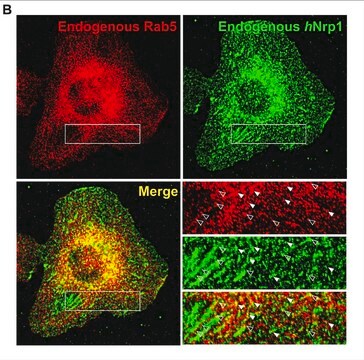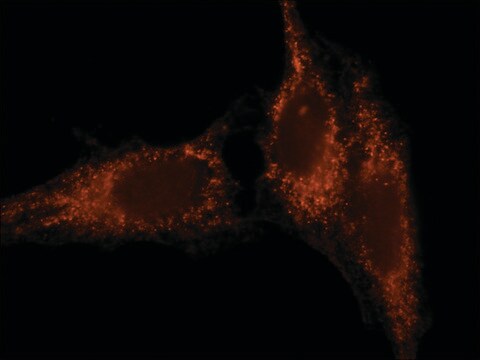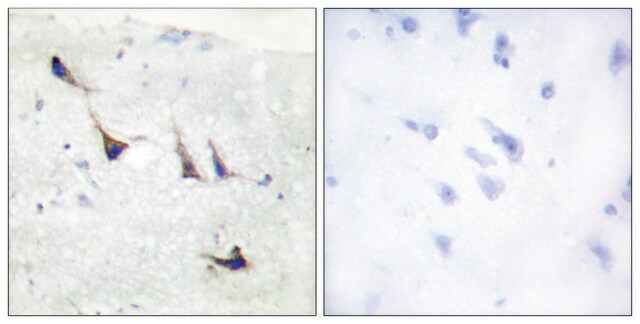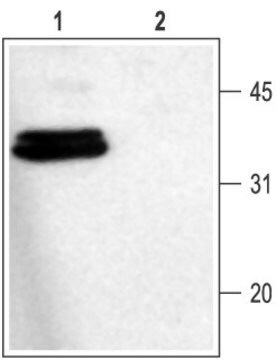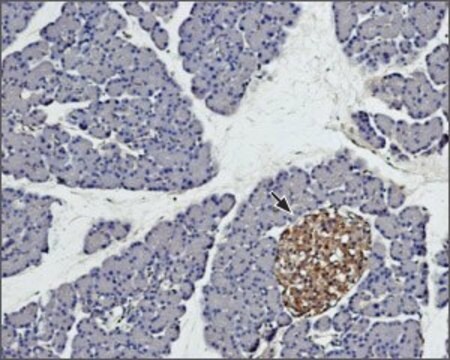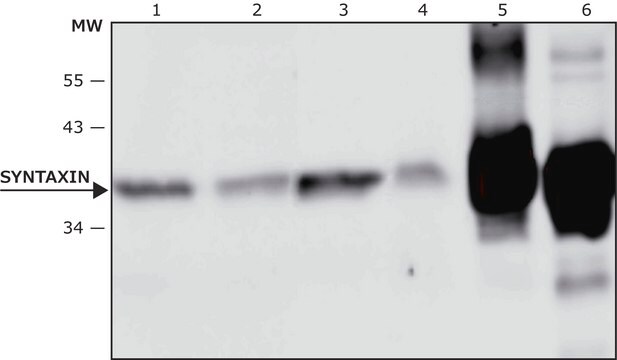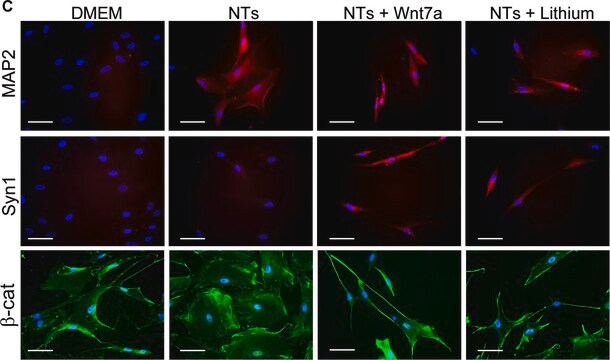S0664
Monoclonal Anti-Syntaxin antibody produced in mouse
clone HPC-1, ascites fluid
Synonym(s):
Anti-HPC-1, Anti-P35-1, Anti-STX1, Anti-SYN1A
About This Item
Recommended Products
biological source
mouse
Quality Level
conjugate
unconjugated
antibody form
ascites fluid
antibody product type
primary antibodies
clone
HPC-1, monoclonal
mol wt
antigen 35 kDa
contains
15 mM sodium azide
species reactivity
rat, bovine, rabbit
technique(s)
immunocytochemistry: suitable using monolayer cultures of neonatal retina cells
microarray: suitable
western blot: 1:2,000 using crude preparation of synaptic vesicles from rat cerebral cortex
isotype
IgG1
UniProt accession no.
shipped in
dry ice
storage temp.
−20°C
target post-translational modification
unmodified
Gene Information
rat ... Stx1a(116470)
General description
Immunogen
Application
- immunoblotting
- immunohistochemistry
- immunoprecipitation from hippocampal lysate
- immunohistochemical analysis
Biochem/physiol Actions
Disclaimer
Not finding the right product?
Try our Product Selector Tool.
Storage Class
10 - Combustible liquids
wgk_germany
WGK 3
flash_point_f
Not applicable
flash_point_c
Not applicable
Certificates of Analysis (COA)
Search for Certificates of Analysis (COA) by entering the products Lot/Batch Number. Lot and Batch Numbers can be found on a product’s label following the words ‘Lot’ or ‘Batch’.
Already Own This Product?
Find documentation for the products that you have recently purchased in the Document Library.
Our team of scientists has experience in all areas of research including Life Science, Material Science, Chemical Synthesis, Chromatography, Analytical and many others.
Contact Technical Service